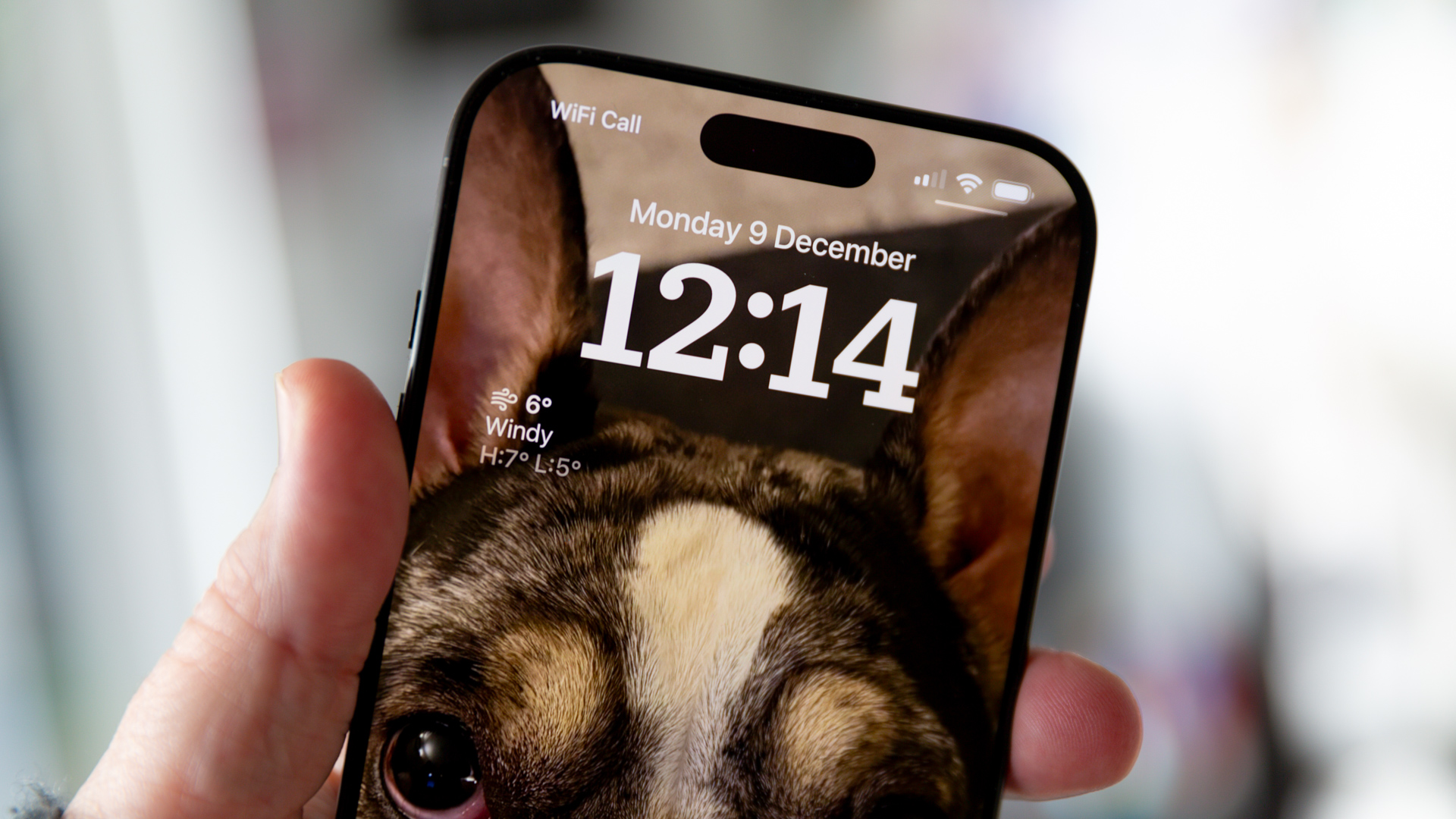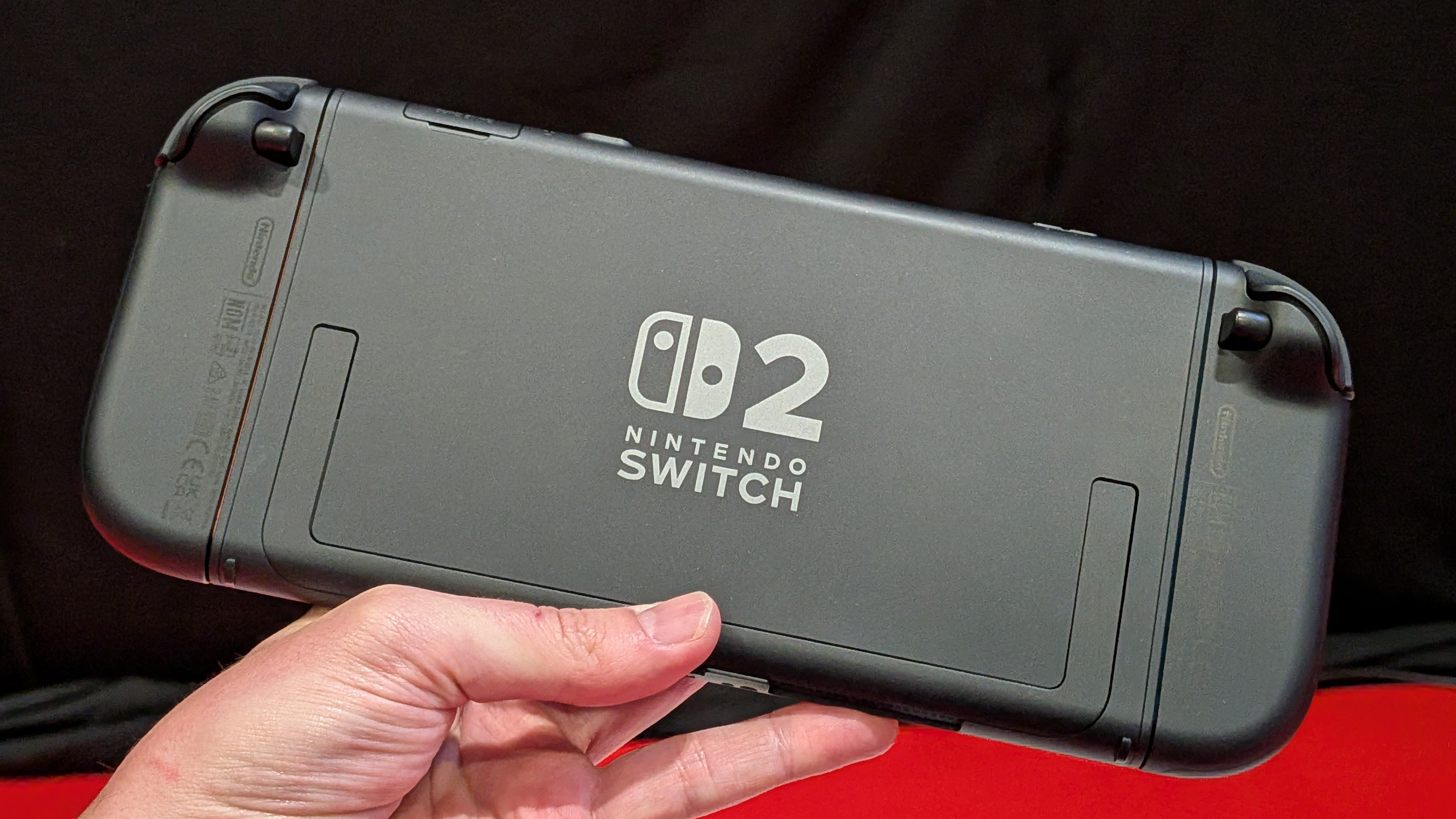
If you're looking at a premium TV upgrade this year, the question of QD-OLED vs OLED will almost certainly come up – these are two types of TV panel that are both very similar and very different at the same time.
We've been singing the praises of the best OLED TVs for years, of course, but QD-OLED is a brand new tech unveiled this year by Samsung, and is about to appear in TVs from Samsung and Sony. This new OLED variant incorporates Quantum Dot technology, and promises to deliver all the advantages of OLED, but with even better brightness, colours and viewing angles.
Both will be battling for places in our list of the best TVs, but just how does QD-OLED differ from vanilla-flavoured OLED, and should you really be looking out for it when you next upgrade your TV?
Here’s what you need to know…
QD-OLED vs OLED: Technology explained
OLED flatscreens are famed for their ability to create true black tones, and provide lots of detail in extremely dark areas, but the technology has been showing its limitations in recent years.
Unlike LCD, OLED is a self-emissive technology; it uses self-lit pixels, and doesn’t require a backlight behind the panels, as LCD screens do. Because these pixels can be individually controlled, they can be turned completely off, resulting in perfect blacks and superior subjective contrast between the brightest areas and the darkest.
It’s this sumptuous character which had led to OLED becoming a favourite with film fans. OLED screens look superb in controlled light conditions, with letterbox film bars rendered inky black so you focus only on the picture.
Sign up to the T3 newsletter for smarter living straight to your inbox
Get all the latest news, reviews, deals and buying guides on gorgeous tech, home and active products from the T3 experts
But OLED has an Achilles' heel. It can (literally) be outshone by high-end LED LCD models, which use their extra brightness to overcome reflections more easily in well-lit rooms.
QD-OLED (it stands for Quantum Dot-OLED) goes a long way to addressing the brightness shortfall of regular OLED. It combines the benefits of OLED's black performance, with Quantum Dot’s expanded colour volume and brightness. Some might describe it as the Holy Grail when it comes to TV picture quality.
Regular OLED panels use red, green and blue sub-pixels create colours, but also include a white sub-pixel to boost brightness – but this technique impacts colour saturation, making things less vibrant than they could be if the white pixel weren't needed.

This is Samsung's illustration of the layers of a QD-OLED screen.
QD-OLED innovates by using a blue self-emitting layer of pixels, unlike regular OLED screens. The red, green and blue sub-pixels are replaced by a layer of quick-energising Quantum Dot material, which filters colour without meaningfully impacting on brightness, allowing QD-OLED to offer stronger brightness and HDR performance. HDR peaks between 1,000 and 1,500 nits are claimed by Samsung Display – even high-end regular OLED TVs don't tend to pass 1,000 nits in real-life use.
According to specification data published by Samsung, QD-OLED is capable of presenting 131.2 per cent of the DCI P3 colour space, so it's capable of showing a far wider colour range than regular OLED… or LCD screens. No other display tech comes close. We’re hyped for it, you should be too.
QD-OLED vs OLED: What can you buy and when?
OLED TVs are widely available in a variety of screen sizes – when you include the 2022 OLED models, the best LG TVs are available from 42 inches up to 97 inches. The previous models are available now, and new models will release in spring and summer 2022.
If you want to go beyond 4K TV, one of the best 8K TVs is OLED – again, it's from LG. It's very expensive.
By way of comparison, QD-OLED choice will be far more limited, especially when it comes to size. Initially QD-OLED will only be troubling our lists of the best 55-inch TVs and best 65-inch TVs – those are the only two size options.
At the time of writing, the only two models of QD-OLED TV will be the Samsung S95B and the Sony A95K. Samsung's TV is set for release in April 2022, but we don't have a date for Sony's model yet.
We're still waiting on official worldwide prices, but they look set to compare to the highest-end regular OLED TVs. If you’re determined to be an early QD-OLED adopter, best start saving your pocket money now.
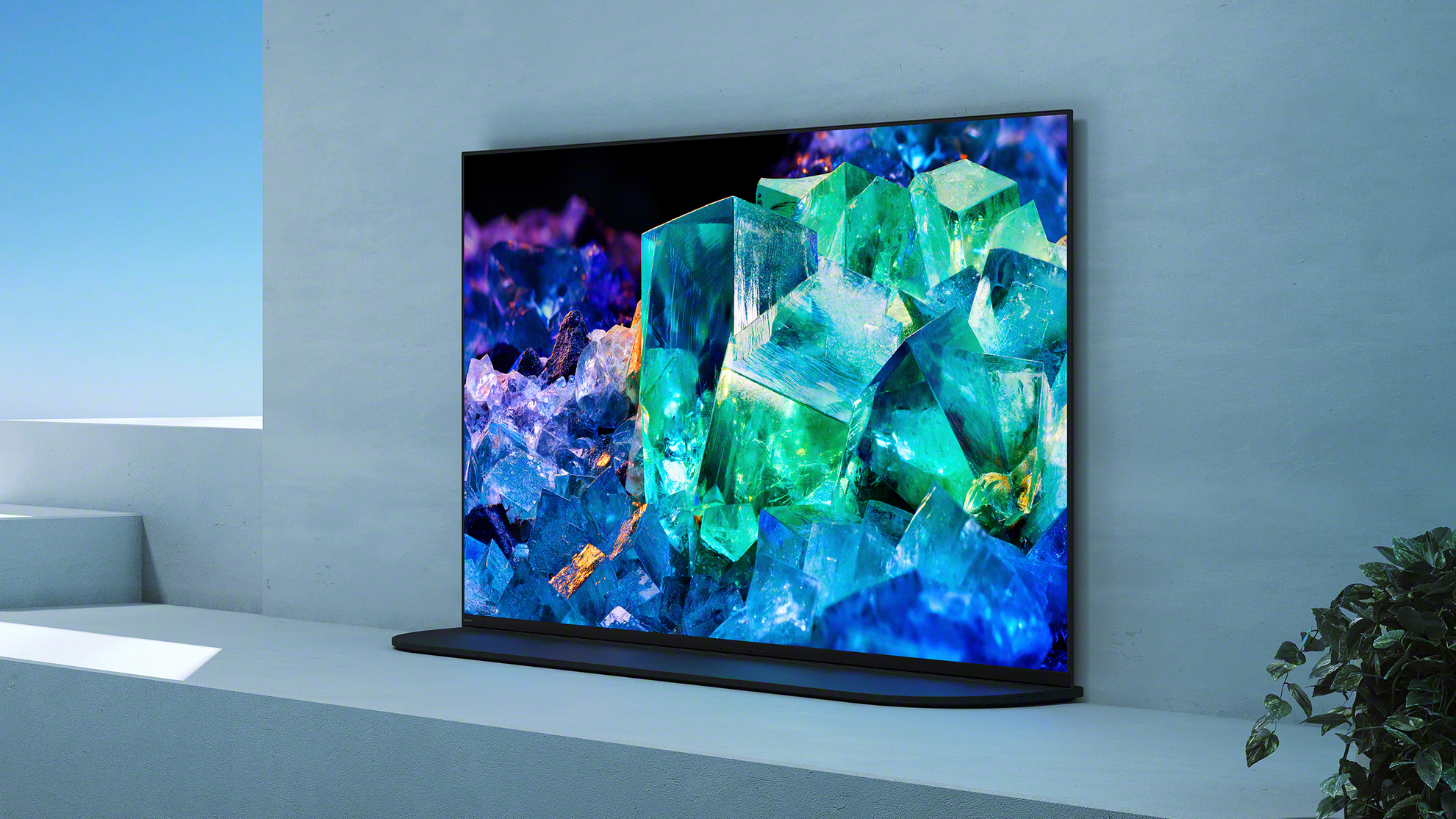
The Samsung A95K is one of the first QD-OLED TVs.
QD-OLED vs OLED: What tech offers the best picture quality?
This has to be a classroom debate at the moment – until we can get our hands on a finished TV. Clearly QD-OLED has the potential to significantly move the dial when it comes to picture quality, thanks to its wider colour fidelity and brighter HDR performance.
But OLED isn’t going to give up its cinephile throne easily. LG Display is rolling out a second generation of EVO OLED panel, which uses new Brightness Boosting technology (which enables it to deliver greater brightness through improved heat dissipation) on its flagship LG G2 TV in 2022 – we've got an LG G2 vs Sony A95K guide for how these two TVs will compare.
LG is also making last year’s brighter OLED EVO panel technology available on its more affordable LG C2 range of 2022 televisions.
Meanwhile, Philips will introduce new OLED EX panel technology on its 2022 OLED807 model. This is said to deliver an increase in light output of around 30 per cent, compared to a standard 2021 OLED panel.
OLED-EX replaces hydrogen-based compounds within its construction with deuterium, which is said to be more efficient and stable.
All this means that when QD-OLED hits the market, the performance gap between it and OLED may already have narrowed. The big question is will there still be enough of a benefit to warrant the higher price and limited choice that QD-OLED will be saddled with.
It seems the race to claim the high ground in OLED picture quality is far from clear cut.
For over 25 years, Steve has been casting his keen eyes and ears over the best that the world of TV and audio has to offer. He was the creator of Home Cinema Choice magazine, and contributes to huge range of technology, home and music titles along with T3, including TechRadar, Louder, Ideal Home, the i newspaper, and more.
-
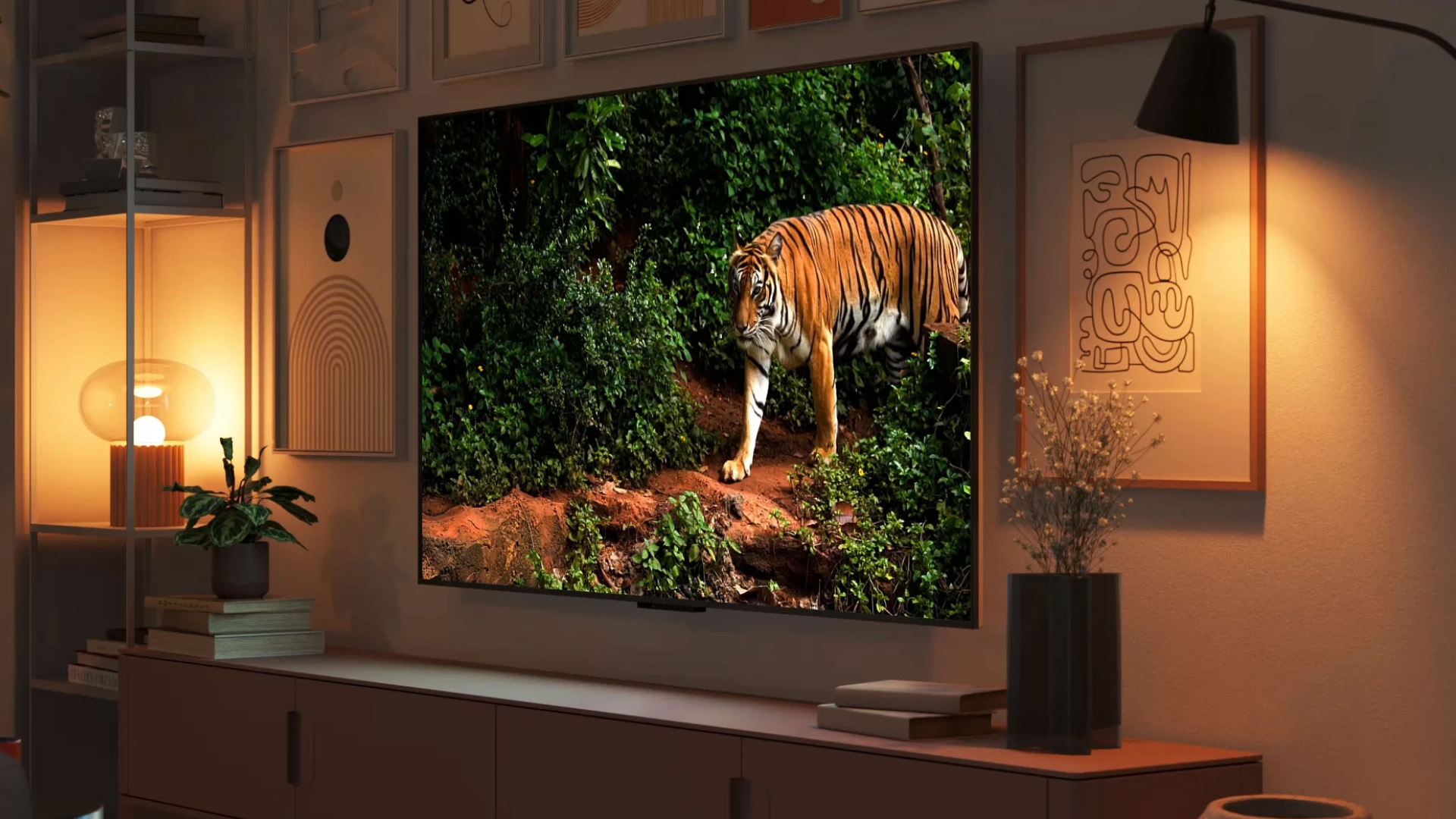 Amazon Fire TV Omni Mini-LED 4K TV review: a huge step up in performance
Amazon Fire TV Omni Mini-LED 4K TV review: a huge step up in performanceAmazon's second-gen Fire TV and first Mini-LED TV is a great option
By Steve May Published
-
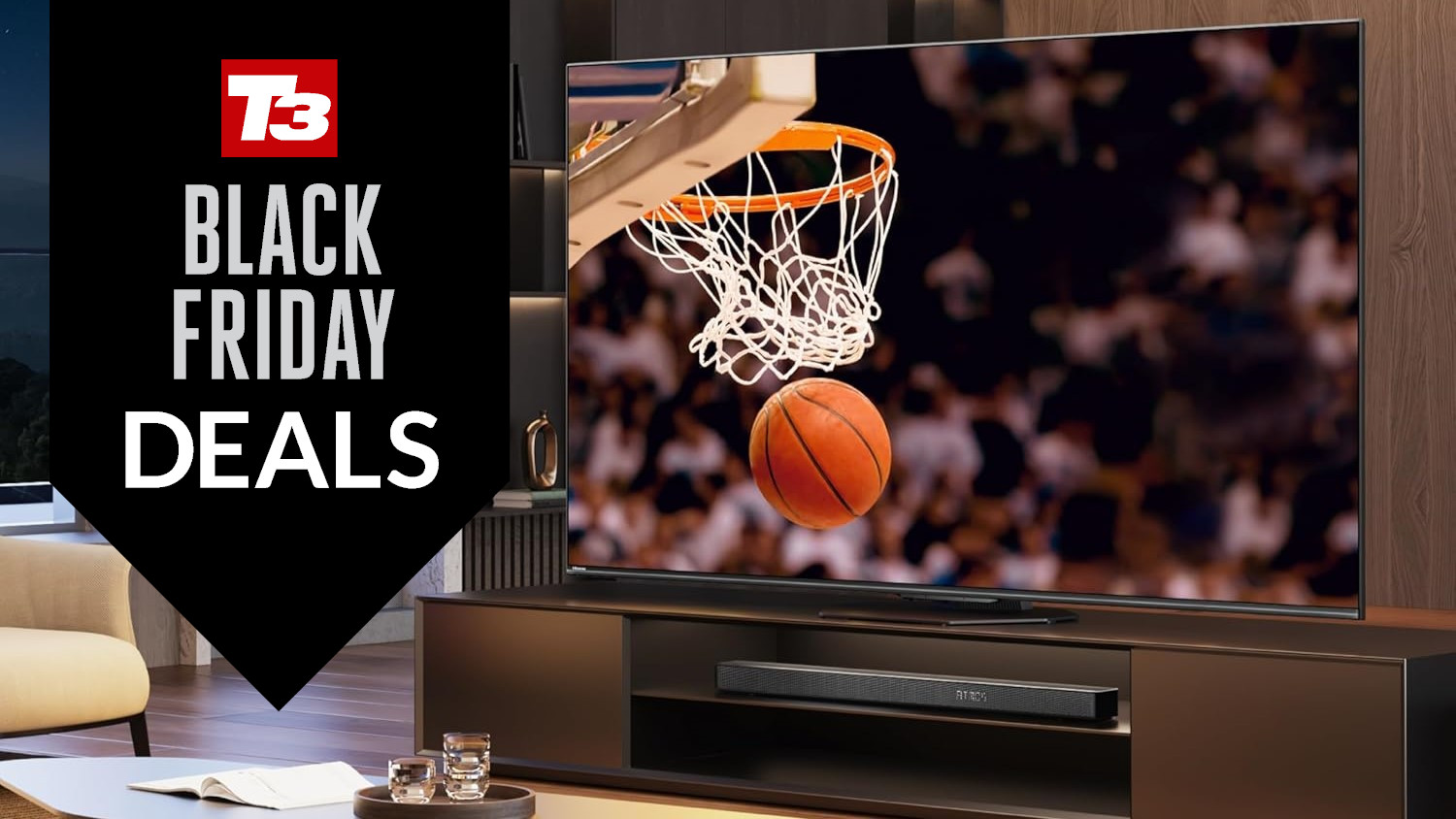 Early Black Friday deal sees price of massive 75-inch TV slashed
Early Black Friday deal sees price of massive 75-inch TV slashedYou'll even get a free copy of NBA 2k25
By Sam Cross Published
-
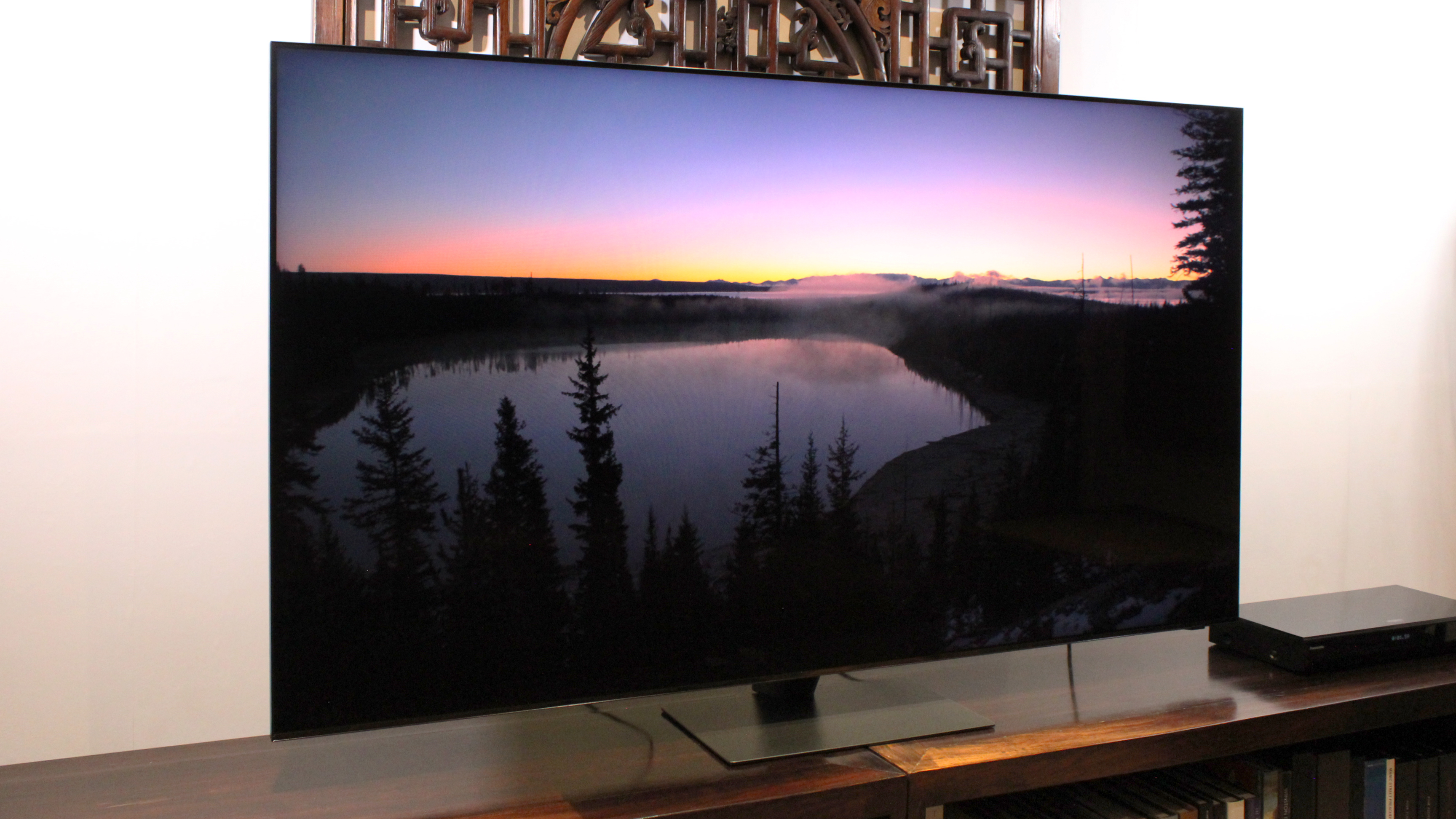 Your Samsung TV just got its biggest free upgrade yet
Your Samsung TV just got its biggest free upgrade yetOne UI is rolling out to the latest Samsung TVs now
By Britta O'Boyle Published
-
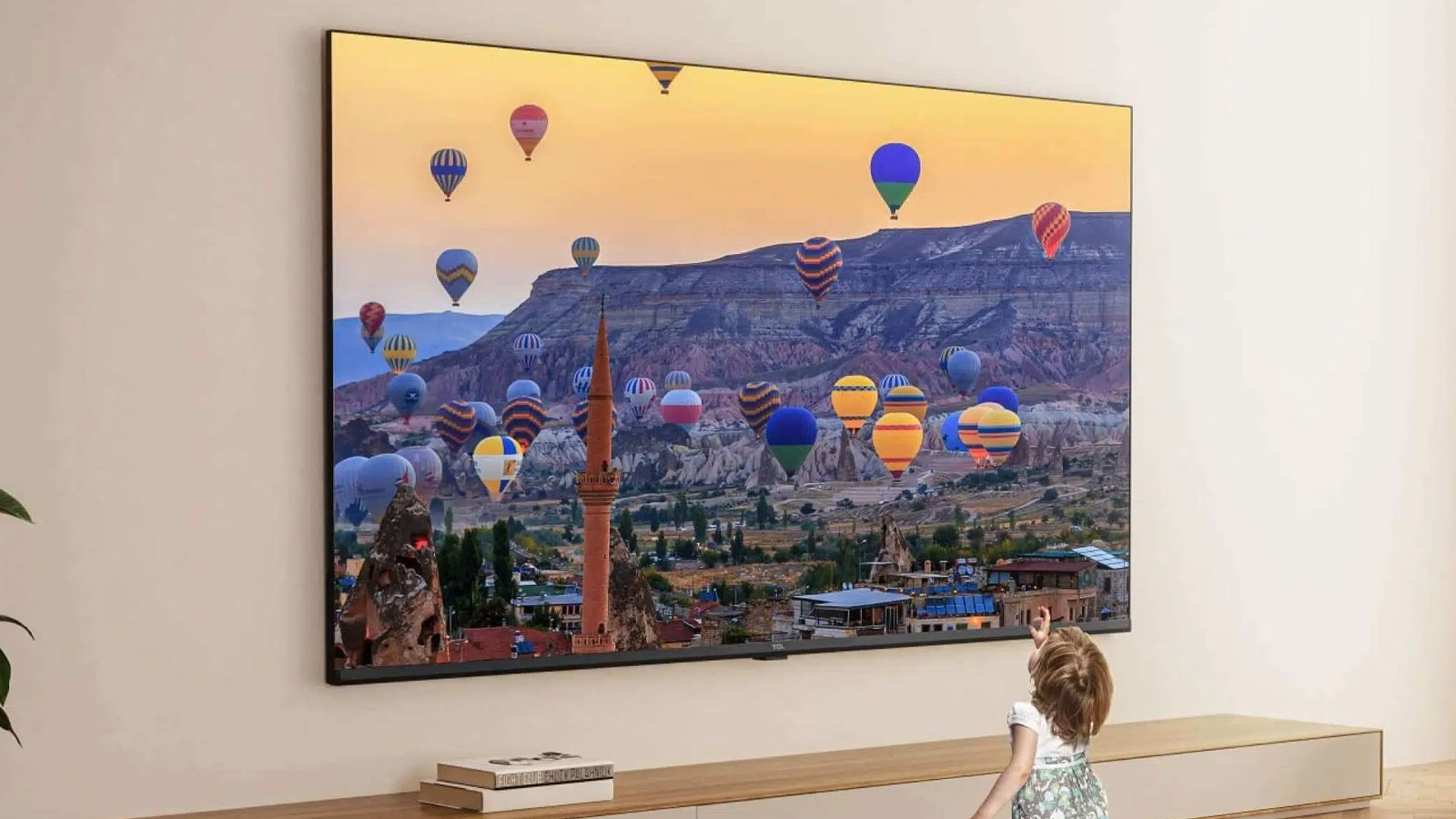 This ultra-bright mini-LED TV is the display of my dreams
This ultra-bright mini-LED TV is the display of my dreamsTCL's next flagship looks fantastic
By Andy Sansom Published
-
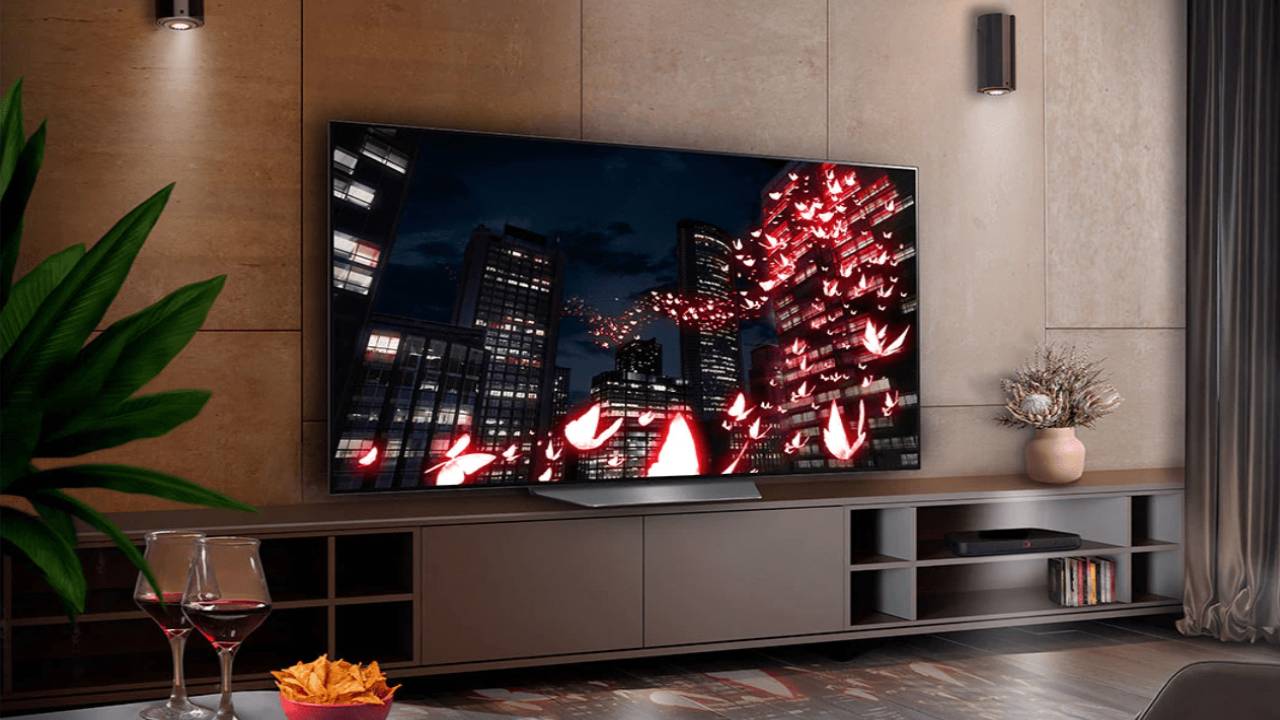 LG TV owners just got Apple TV+ for free
LG TV owners just got Apple TV+ for freeNo matter if you have an LG OLED TV or an LED model, you just got Apple TV+ for free
By Robert Jones Published
-
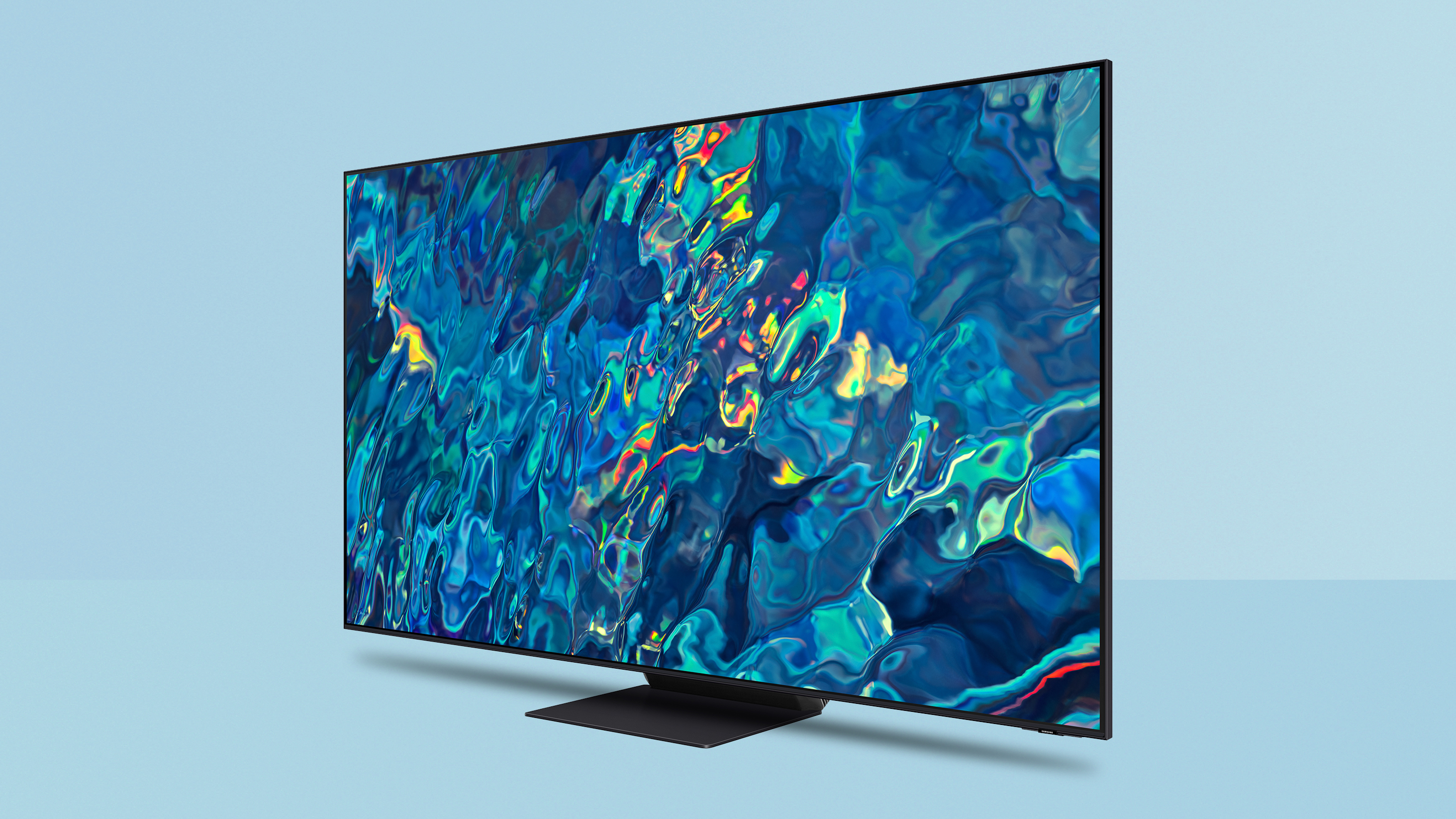 Samsung smart TV owners just got a welcome image upgrade
Samsung smart TV owners just got a welcome image upgradeHDR10+ comes to the Apple TV app on Samsung Smart TVs
By Carrie Marshall Published
-
 My LG C1 OLED TV makes The Darkness look incredible on Xbox Series X
My LG C1 OLED TV makes The Darkness look incredible on Xbox Series XThis classic first-person shooter is taken to a new level of awesome thanks to OLED TV tech
By Robert Jones Last updated
-
 TV deals in the Amazon Prime Early Access Sale from Samsung, LG and more
TV deals in the Amazon Prime Early Access Sale from Samsung, LG and moreBlack Friday deals have come early with these TV deals as part of Amazon's Prime Early Access Sale
By Mat Gallagher Last updated

